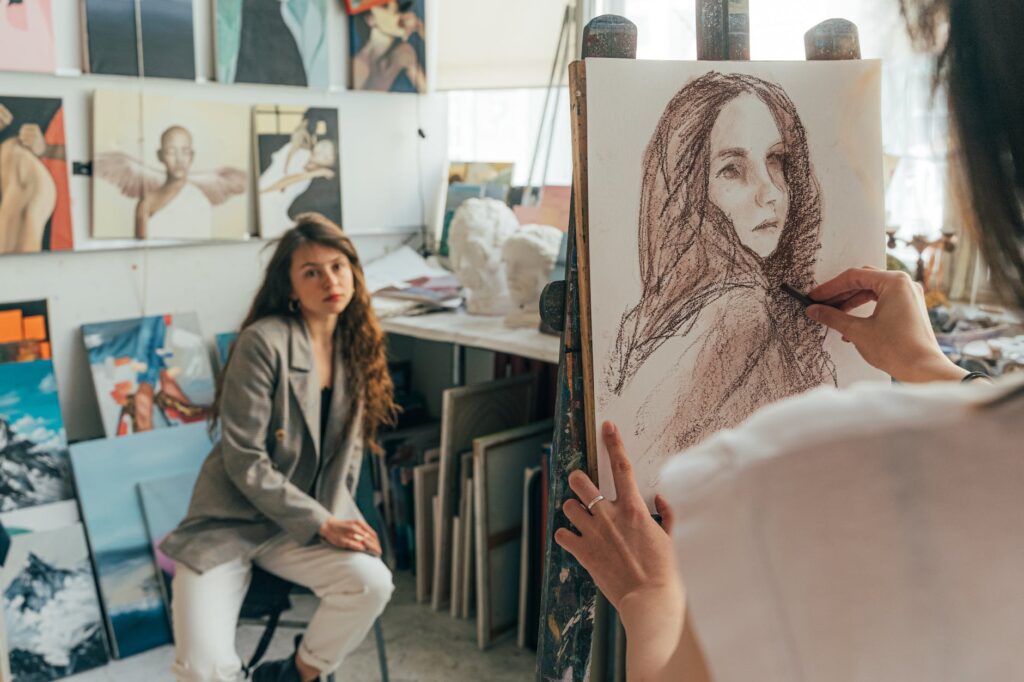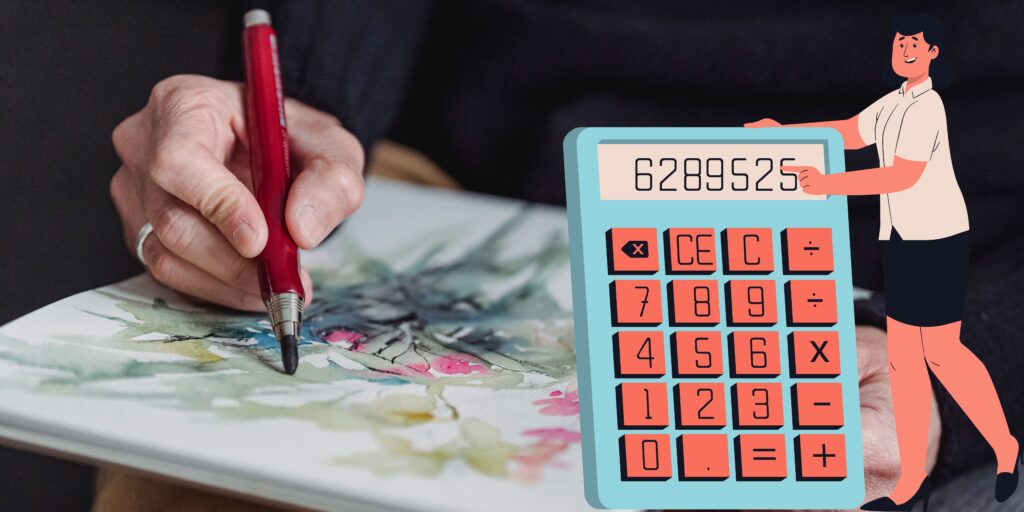Are you ready to tap into your creative side and try something new? Abstract charcoal drawing may be the perfect way to unleash your inner artist. With the right techniques, charcoal can be transformed into a powerful tool that allows you to create stunning and unique works of art.
What is Abstract Charcoal Drawing?

Abstract charcoal drawing is a form of drawing that focuses on creating non-representational, abstract forms and shapes. This type of drawing allows the artist to express their emotions, feelings, and thoughts through their artwork, rather than representing a specific object or scene. Abstract charcoal drawing is a great way to break free from the constraints of representational drawing and tap into your creativity.
Why Should You Try Abstract Charcoal Drawing?
There are many benefits to trying abstract charcoal drawing, including
Expanding Your Artistic Horizon:
Abstract charcoal drawing allows you to break free from traditional forms of art and experiment with new and innovative techniques. This can help you expand your artistic horizon and give you a new appreciation for the limitless possibilities of art.
Challenging Yourself:
Abstract charcoal drawing often requires you to think outside of the box and come up with unique solutions. This can be a great way to challenge yourself and improve your problem-solving skills.
Developing Your Own Style:
As you experiment with different techniques and styles in abstract charcoal drawing, you will naturally develop your own unique style. This can help you stand out as an artist and give you a sense of individuality in your work.
Enhancing Focus and Concentration:
The act of drawing, especially abstract charcoal drawing, requires a high level of focus and concentration. This can help improve your ability to concentrate and stay focused, not just while drawing, but in other areas of your life as well.
Relaxation and stress relief:
Creating art can be a form of mindfulness and can help reduce stress and anxiety. The act of drawing and the focus required can help you forget about your worries and relax.
Essential Tools for Abstract Charcoal Drawing
To get started with abstract charcoal drawing, you will need a few essential tools:
Charcoal sticks
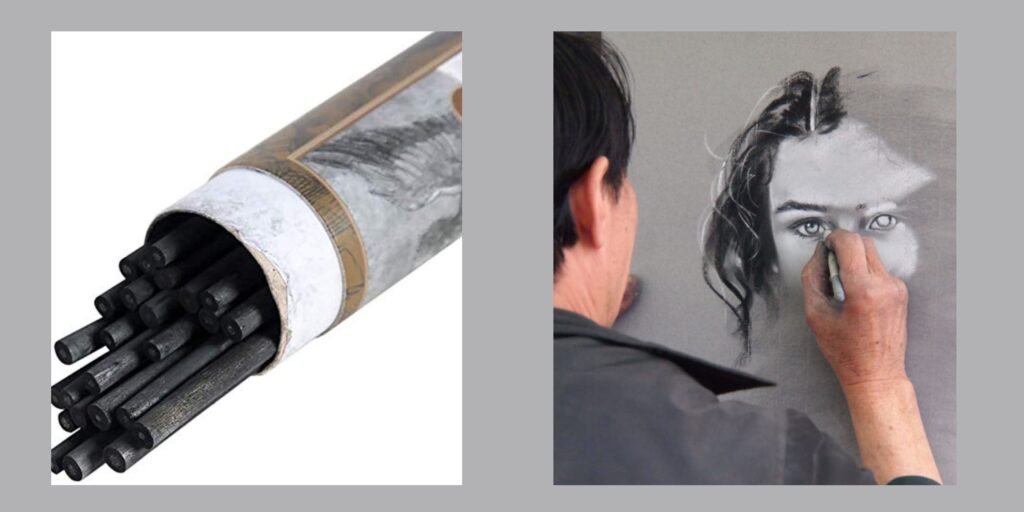
Charcoal sticks come in a range of sizes, from very thin sticks for detailed work to thicker sticks for bolder, wider strokes. The type of charcoal you choose will depend on your personal preference and the effects you are trying to create in your drawings.
1. Willow charcoal:
Willow charcoal is made from willow twigs and is known for its soft, delicate lines and its ability to smudge easily. This type of charcoal is ideal for creating light, airy drawings and for blending and shading.
2. Vine charcoal:
Vine charcoal is made from grapevine and is similar to willow charcoal in its softness and ability to smudge. However, vine charcoal is slightly more brittle than willow charcoal, making it ideal for creating more defined lines.
3. Compressed charcoal:
Compressed charcoal is made by compressing charcoal dust and binders into solid sticks. This type of charcoal is firmer than willow and vine charcoal, making it ideal for creating bold, graphic lines. Compressed charcoal is also less prone to smudging, making it a good option for more finished drawings.
Charcoal paper
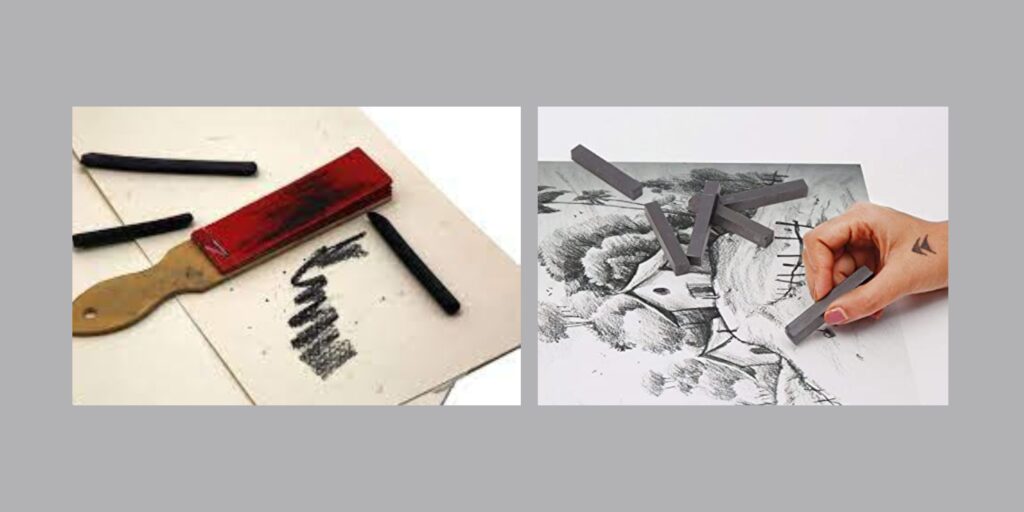
Charcoal paper is a crucial tool for abstract charcoal drawing as it helps to create a solid base for your work and provides the proper surface for the charcoal to adhere to. When selecting charcoal paper, it is important to consider its weight and texture.
1. Weight:
Charcoal paper is available in different weights, including 90 lb, 140 lb, and 300 lb. A heavier weight paper is ideal for more detailed drawings, while a lighter weight paper is best for quick sketches and more fluid drawings.
2. Texture:
Charcoal paper comes in various textures, including rough, medium, and smooth. The texture you choose will depend on your personal style and the type of charcoal drawing you want to create. Rough textures can be used to create a more organic feel, while smooth textures are best for precise and delicate drawings.
When choosing charcoal paper, it is important to select a paper that is specifically designed for charcoal drawing as it will be more resistant to smudging and have a more consistent surface for your work. Additionally, it is recommended to invest in a high-quality paper that is acid-free, to ensure the longevity of your drawings.
Blending stumps
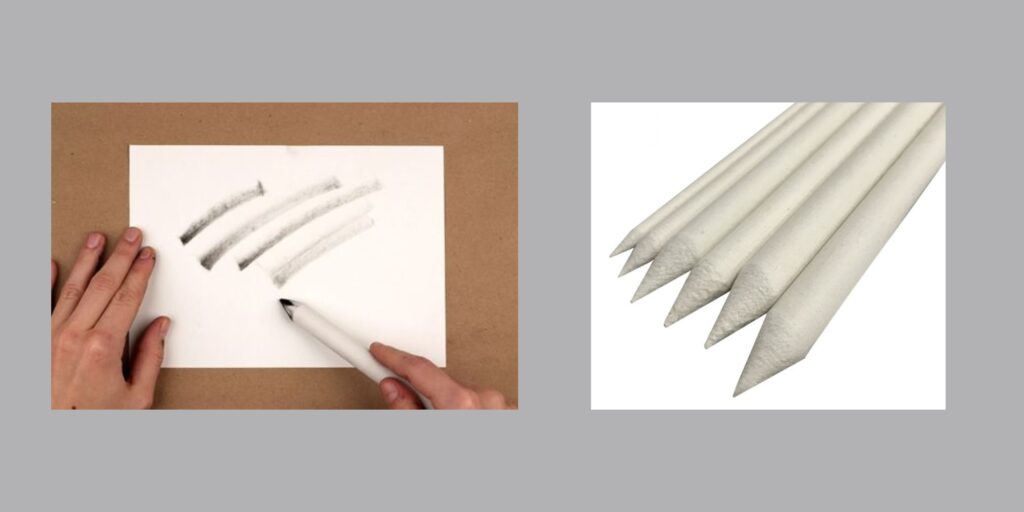
Blending stumps are an essential tool for any abstract charcoal artist. They are made from compressed paper or felt, and come in different shapes and sizes. To use a blending stump, simply apply it to the charcoal lines you wish to blend and use gentle circular motions to soften and blend the lines. Blending stumps are great for creating smooth gradients, softening edges, and creating a variety of textures. Additionally, blending stumps are reusable, so you can use them over and over again. When they get dirty, simply knead them back into their original shape. Whether you’re a beginner or a seasoned artist, blending stumps are an essential tool for creating beautiful abstract charcoal drawings.
Kneaded eraser
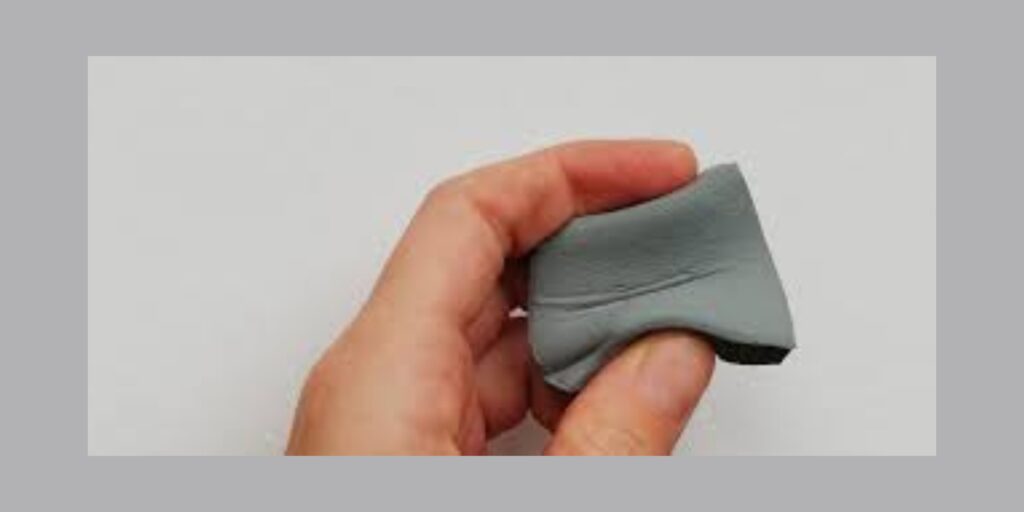
A kneaded eraser is a unique tool for abstract charcoal drawing as it is malleable and can be molded into different shapes to suit your needs. Unlike other erasers that simply rub out the charcoal, a kneaded eraser allows you to lift and remove the charcoal, giving you more control over the lightening and erasing process. The soft, pliable nature of the kneaded eraser also makes it ideal for blending and smoothing the charcoal lines, making it a versatile tool for any abstract charcoal drawing project. Additionally, because the kneaded eraser does not leave eraser shavings like traditional erasers, it is much easier to clean up and won’t cause any distracting debris on your paper.
Basic Techniques for Abstract Charcoal Drawing
To get started with abstract charcoal drawing, try these basic techniques:
Blending
Use blending stumps to soften and blend the charcoal lines, creating smooth transitions and creating a sense of depth.
Layering
Layering is a great technique for building up the tonal values in your drawing. Start with light lines, then gradually build up to darker tones.
Erasing
Use a kneaded eraser to lighten or erase areas of the charcoal drawing, creating a sense of depth and movement.
Advanced Techniques for Abstract Charcoal Drawing
Once you have mastered the basic techniques, try these advanced techniques to take your abstract charcoal drawings to the next level:
Experiment with different types of charcoal
Try using willow charcoal for loose, gestural lines, or compressed charcoal for dark, heavy lines.
Use your hands
Try using your hands, fingers, or other objects to create interesting textures and effects in your drawings.
Combine with other materials
Experiment with combining charcoal with other materials, such as pastel, ink, or watercolor, to create unique and interesting effects.
Conclusion
Abstract charcoal drawing is a fun and rewarding way to unleash your inner artist. With the right techniques and tools, you can create stunning

